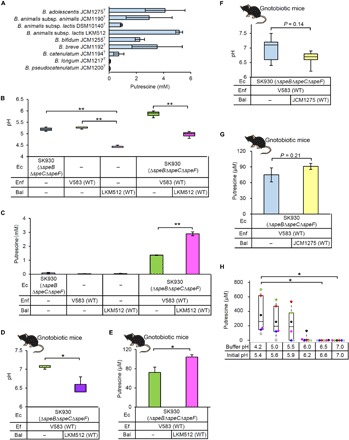Fig. 4. Effects of acidification by bifidobacteria on putrescine production by E. coli and En. faecalis.

(A) Extracellular putrescine concentration in cocultures of putrescine-deficient E. coli (SK930), wild-type En. faecalis (V583), and each Bifidobacterium sp. (B and C) Extracellular pH (B) and putrescine concentration (C) in cocultures of putrescine-deficient E. coli (SK930), wild-type En. faecalis (V583), and B. animalis subsp. lactis LKM512 (Bal). Coculture of these bacteria was conducted under anaerobic conditions at 37°C for 24 hours in LB medium containing 2 mM l-arginine, d-glucose (1.5 g/liter), galacto-oligosaccharide (5 g/liter), 2 mM MgSO4, 60 mM NH4Cl, and LB-RGC (0.5 g/liter) (pH 6.5). (D and E) Fecal pH (D) and putrescine concentration (E) in gnotobiotic mice colonized with putrescine-deficient E. coli (SK930), wild-type En. faecalis (V583), and B. animalis subsp. lactis LKM512. (F and G) Fecal pH (F) and putrescine (G) concentration in gnotobiotic mice inoculated with putrescine-deficient E. coli (SK930), wild-type En. faecalis (V583), and B. adolescentis JCM1275T. (H) Extracellular putrescine concentration in human feces incubated at different pHs. Error bars represent SEs. *P < 0.05 and **P < 0.01, one-way ANOVA with Tukey’s test, Student’s t tests, and Steel-Dwass test.
